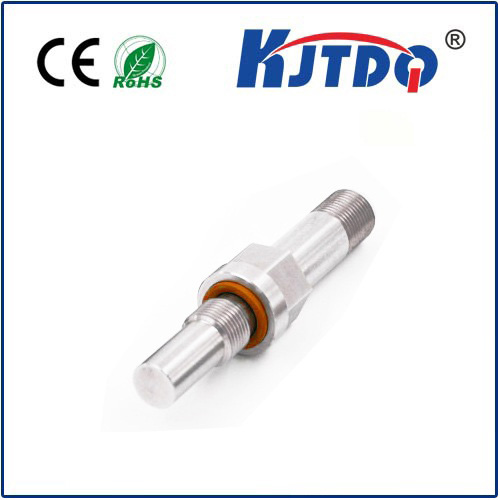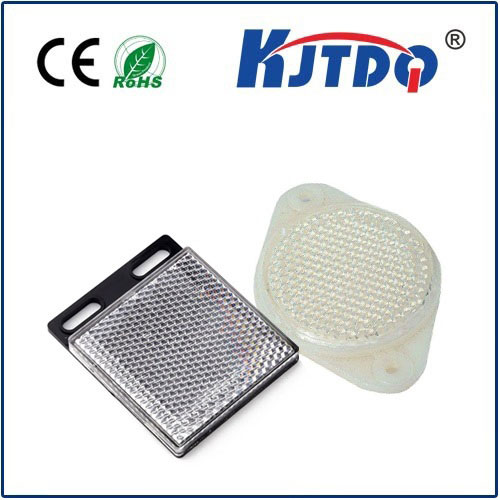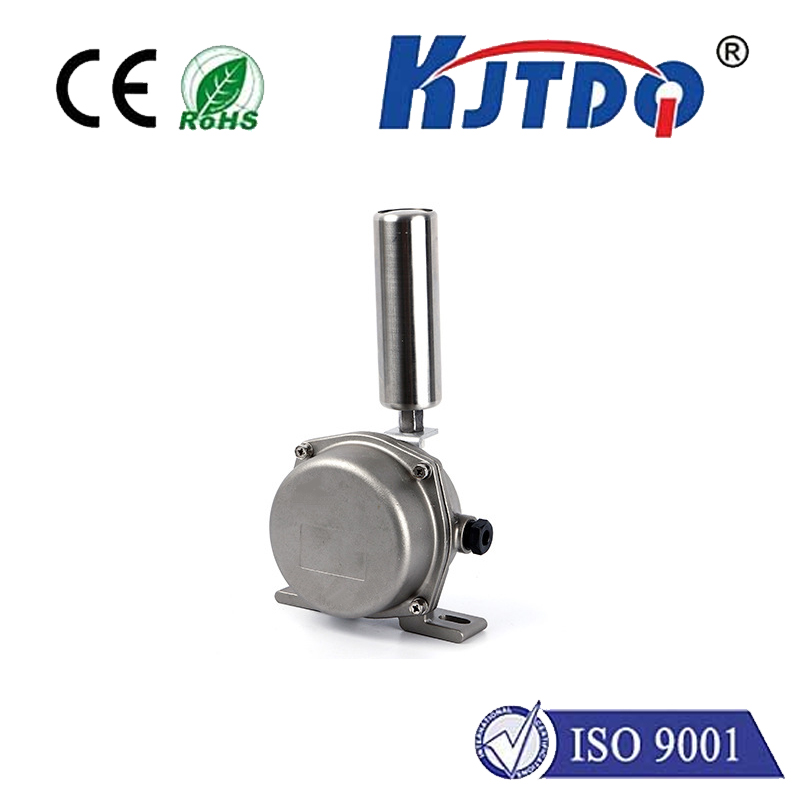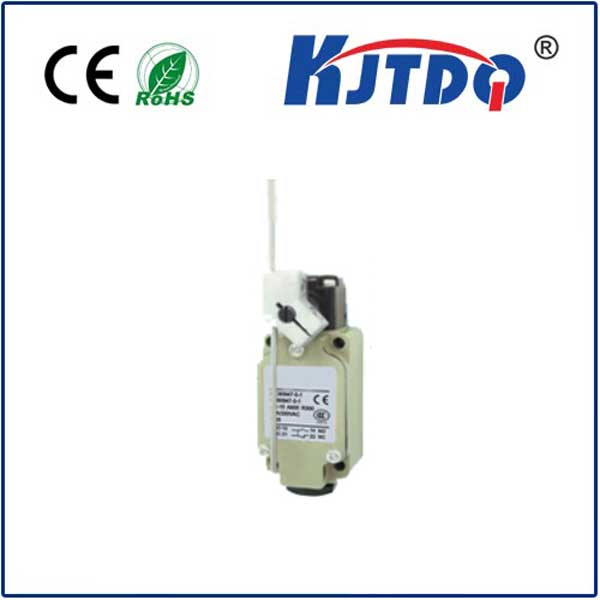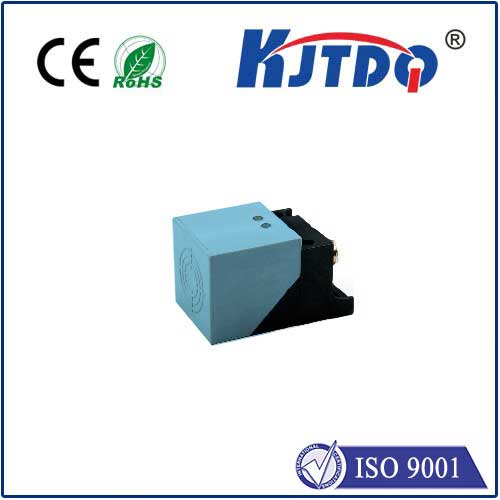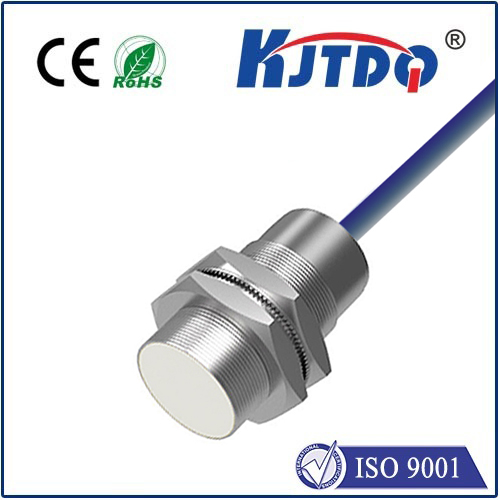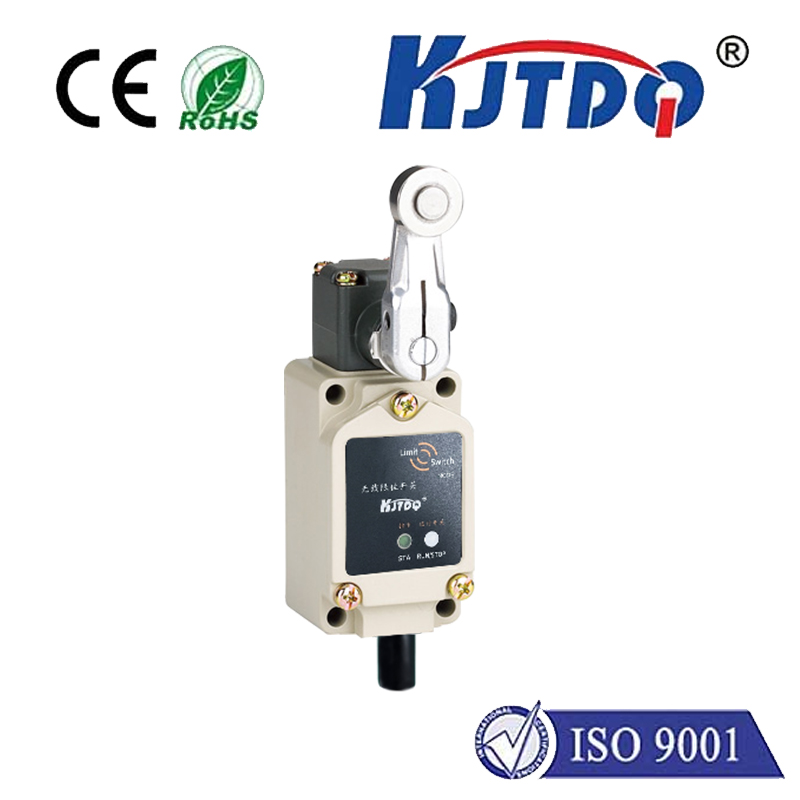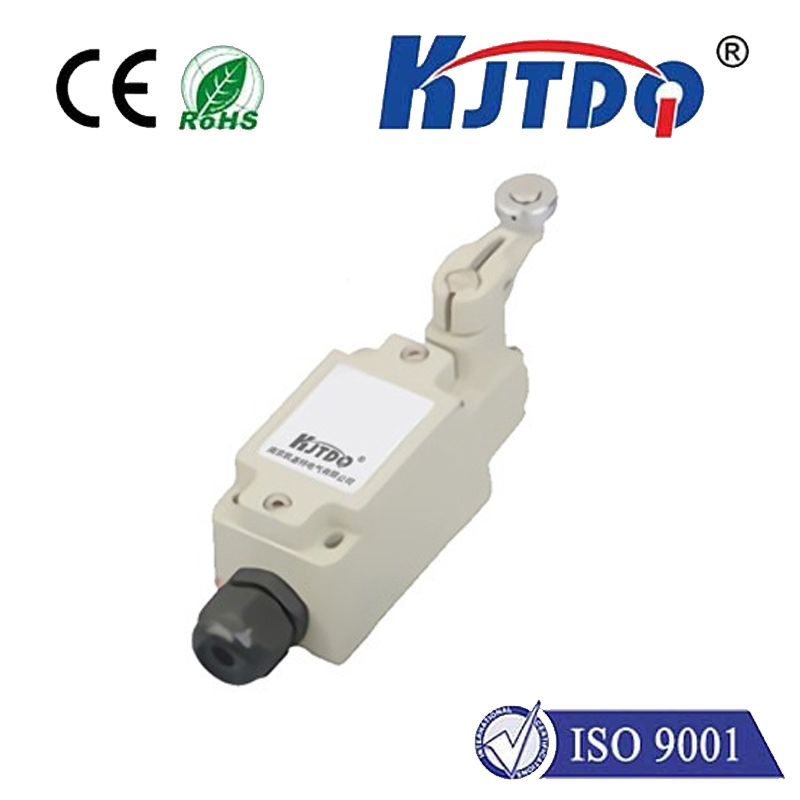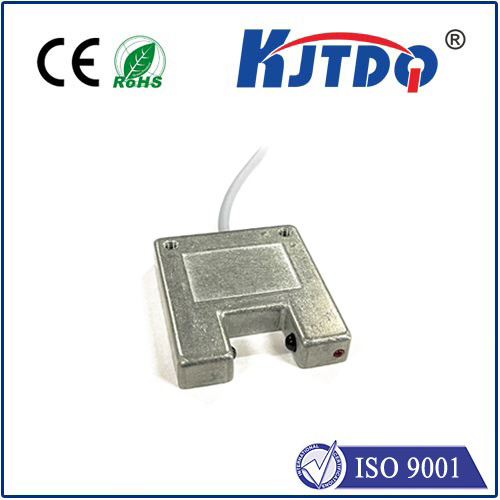
check

check

check

check

check

check

check

check

check

check

Title: The Importance of Temperature Sensing in Our Daily Lives Introduction Temperature sensing is a technology that has become increasingly important in our daily lives. It refers to the ability of devices to detect and measure temperature, allowing them to perform various functions based on the detected temperature. This technology has applications in a wide range of industries, including healthcare, automotive, food production, and more. In this article, we will explore the importance of temperature sensing and its impact on our daily lives. Healthcare In the healthcare industry, temperature sensing is crucial for patient monitoring and diagnosis. For example, thermometers use temperature sensing technology to measure body temperature, allowing doctors to detect fevers and other illnesses. Additionally, infrared ear thermometers are commonly used to take children’s temperatures without causing discomfort or anxiety. Automotive Temperature sensing is also essential in the automotive industry. Car engines generate a lot of heat, and if the engine overheats, it can cause severe damage. To prevent this, cars are equipped with temperature sensors that monitor the engine’s temperature and alert the driver if it becomes too high. This allows the driver to take action before any damage is done. Food Production Temperature sensing is vital in the food production industry to ensure the safety and quality of food products. Foodborne illnesses can occur if food is not stored or cooked at the correct temperature. To prevent this, restaurants and cafeterias use temperature sensors to monitor the temperature of refrigerated and frozen foods. If the temperature exceeds a certain threshold, the sensor sends an alert to the staff, allowing them to take corrective action. Environmental Monitoring Temperature sensing is also important for environmental monitoring. Climate change is causing global temperatures to rise, leading to more frequent and severe weather events. By using temperature sensors, scientists can monitor changes in temperature and predict future weather patterns. This information is crucial for preparing for extreme weather events and mitigating their impact. Conclusion Temperature sensing technology has become an integral part of our daily lives, with applications in healthcare, automotive, food production, and environmental monitoring. As technology continues to advance, we can expect even more innovative uses for temperature sensing in the future.
